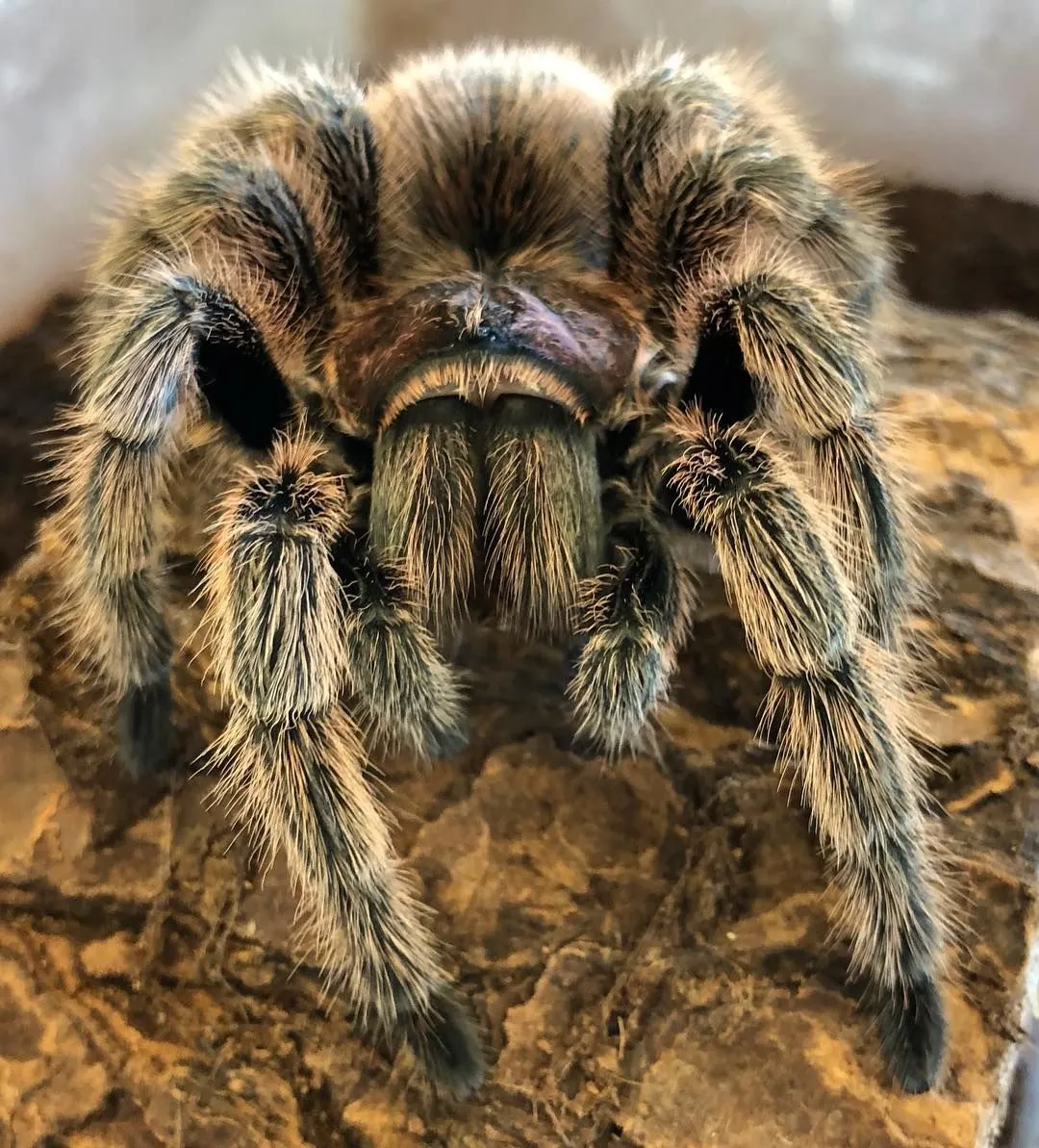Rose Hair Tarantula: Top 5 Care Secrets!
The rose hair tarantula, a beloved pet among arachnid enthusiasts, is relatively easy to care for, making it a great choice for beginners. However, like any pet, these fascinating creatures require specific care to thrive. This guide uncovers the top 5 secrets to keeping your rose hair tarantula happy and healthy, ensuring a long and fulfilling life for your eight-legged friend. From habitat setup to understanding their behavior, we’ll delve into the essentials of rose hair tarantula care, allowing you to provide the best possible environment for your pet.
Secret 1: Ideal Habitat Setup
Creating the perfect habitat is the foundation of rose hair tarantula care. A well-designed enclosure replicates their natural environment and provides everything they need to flourish. Size is important; a 10-gallon tank is usually sufficient for an adult rose hair tarantula. The enclosure should be secure, with a tight-fitting lid to prevent escapes, which are a common concern with these quick-moving spiders. Ventilation is also crucial, ensuring proper airflow to prevent mold and maintain optimal humidity levels, contributing to their overall well-being and health.
Substrate Selection
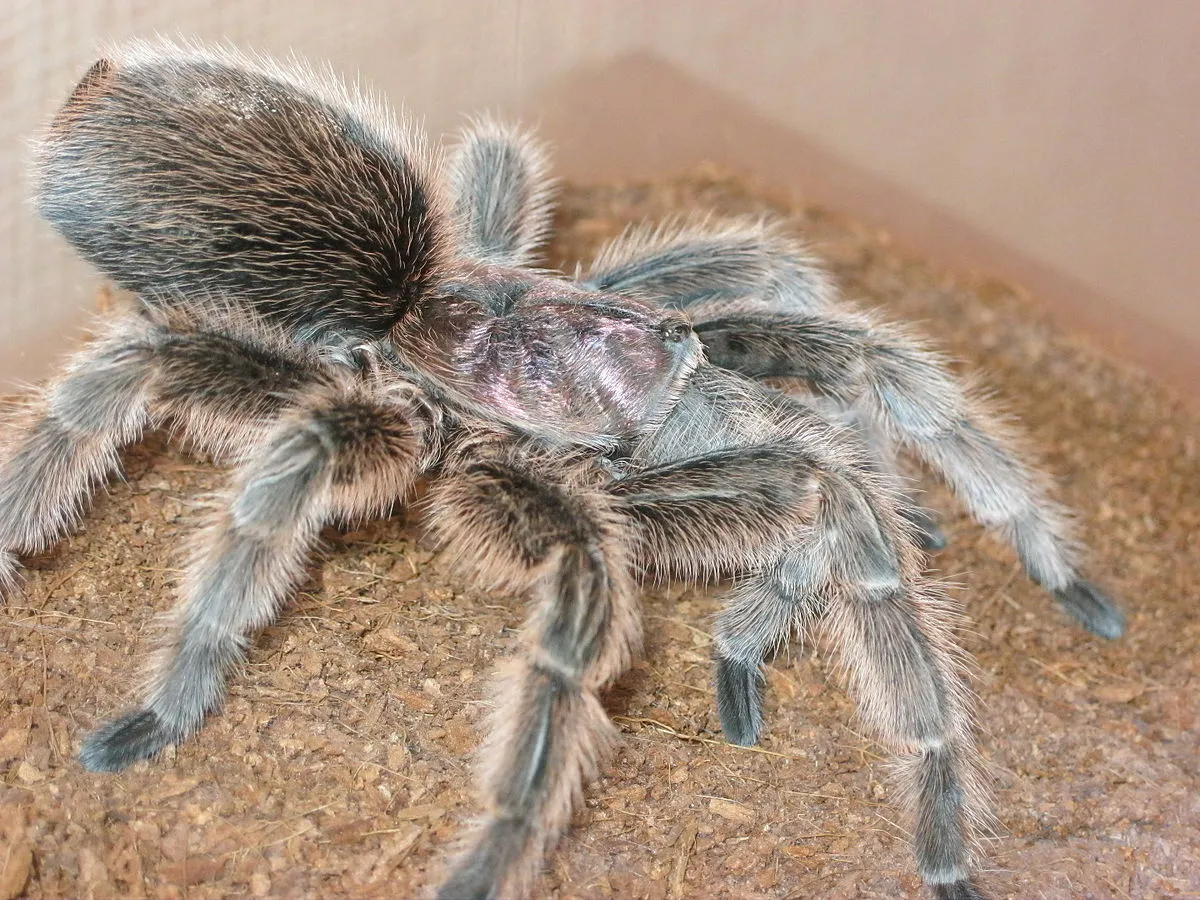
The substrate is the base of your tarantula’s home, and it serves multiple purposes, including providing a comfortable surface for burrowing and maintaining humidity. A mixture of coconut fiber, peat moss, and a bit of vermiculite is ideal. This combination holds moisture well, allowing you to create a humid microclimate, essential for successful molting. Avoid using substrates with sharp edges or chemicals. The depth of the substrate should be sufficient to allow the tarantula to burrow, usually about 3-4 inches, providing a secure and enriching environment.
Temperature and Humidity
Rose hair tarantulas thrive in a temperature range of 70-80°F (21-27°C). While they don’t require special heating, maintaining a stable temperature is important. Avoid placing the enclosure in direct sunlight or near heat sources. Humidity levels should be kept between 60-70%. Monitoring humidity can be done by lightly misting the enclosure once or twice a week, but make sure the substrate is not too damp, as this can lead to mold growth. A hygrometer is a valuable tool for monitoring humidity levels, allowing you to make necessary adjustments to ensure optimal conditions.
Secret 2: Feeding Your Tarantula
Proper feeding is essential for the health and growth of your rose hair tarantula. These spiders are opportunistic feeders, but their diet requires careful consideration. Providing a balanced diet ensures they receive the necessary nutrients to thrive. Understanding their feeding habits and the appropriate prey items will help you maintain a healthy and happy tarantula. Overfeeding can be just as detrimental as underfeeding, so following these guidelines is important.
Choosing the Right Prey
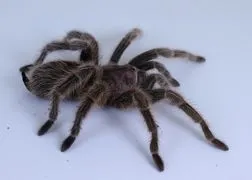
The most common and readily available food source for rose hair tarantulas is crickets. Other options include mealworms, dubia roaches, and even small, pre-killed pinky mice for adult tarantulas. The prey should be appropriately sized, meaning no larger than the tarantula’s abdomen. Before feeding, it is wise to gut-load the insects with nutritious food for 24 hours, such as vegetables or commercial cricket feed. This ensures that the tarantula receives a more balanced diet, promoting better health and vitality.
Feeding Frequency
The feeding frequency depends on the tarantula’s age and size. Spiderlings and juvenile tarantulas should be fed 2-3 times a week, while adult tarantulas only need to be fed once or twice a week. Overfeeding can lead to obesity, which can shorten their lifespan. Observe your tarantula’s abdomen; if it appears large and round, it’s a sign that it may not need to eat for a while. Always remove any uneaten prey within 24 hours to prevent stress to the tarantula and the growth of mold.
Secret 3: Proper Handling Techniques
While rose hair tarantulas are generally docile, handling them requires caution and knowledge. These spiders are not typically aggressive, but they can bite if they feel threatened or startled. Handling should be kept to a minimum, as it can stress the tarantula. However, learning the correct techniques can allow you to interact with your pet safely and minimize potential risks. Always be aware of their behavior and body language to gauge their comfort level before attempting any interaction.
Understanding Tarantula Behavior
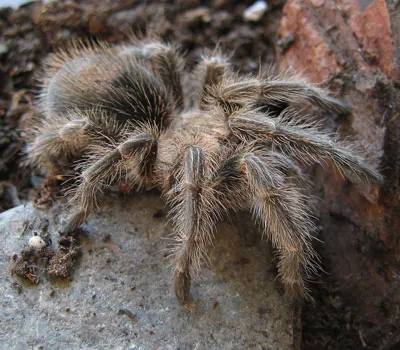
Rose hair tarantulas are generally calm, but understanding their behavior is key to safe handling. If a tarantula feels threatened, it may raise its front legs in a defensive posture. It may also flick hairs from its abdomen as a defense mechanism (urticating hairs), which can cause irritation. Observe your tarantula’s behavior and body language before attempting to handle it. A stressed tarantula might also move quickly, so it is better to let them be if they’re not relaxed.
Avoiding Bites
If you must handle your tarantula, do so with care. Approach the tarantula slowly and gently. Avoid sudden movements or loud noises that could startle it. Always handle them close to the ground or a soft surface to minimize the risk of injury if they fall. Never squeeze or hold the tarantula tightly. If it shows signs of stress, such as raising its front legs or flicking hairs, gently place it back in its enclosure immediately. If bitten, clean the area thoroughly and monitor for any reaction, although bites from rose hair tarantulas are not typically medically significant.
Secret 4: Maintaining Hygiene
Maintaining a clean enclosure is crucial for your rose hair tarantula’s health and well-being. Regular cleaning helps prevent the buildup of waste, mold, and bacteria, which can lead to various health problems. Regular cleaning ensures that the enclosure remains a healthy and safe environment. The water source must always be clean. Proper hygiene extends the life of your pet and provides a comfortable living space.
Cleaning the Enclosure
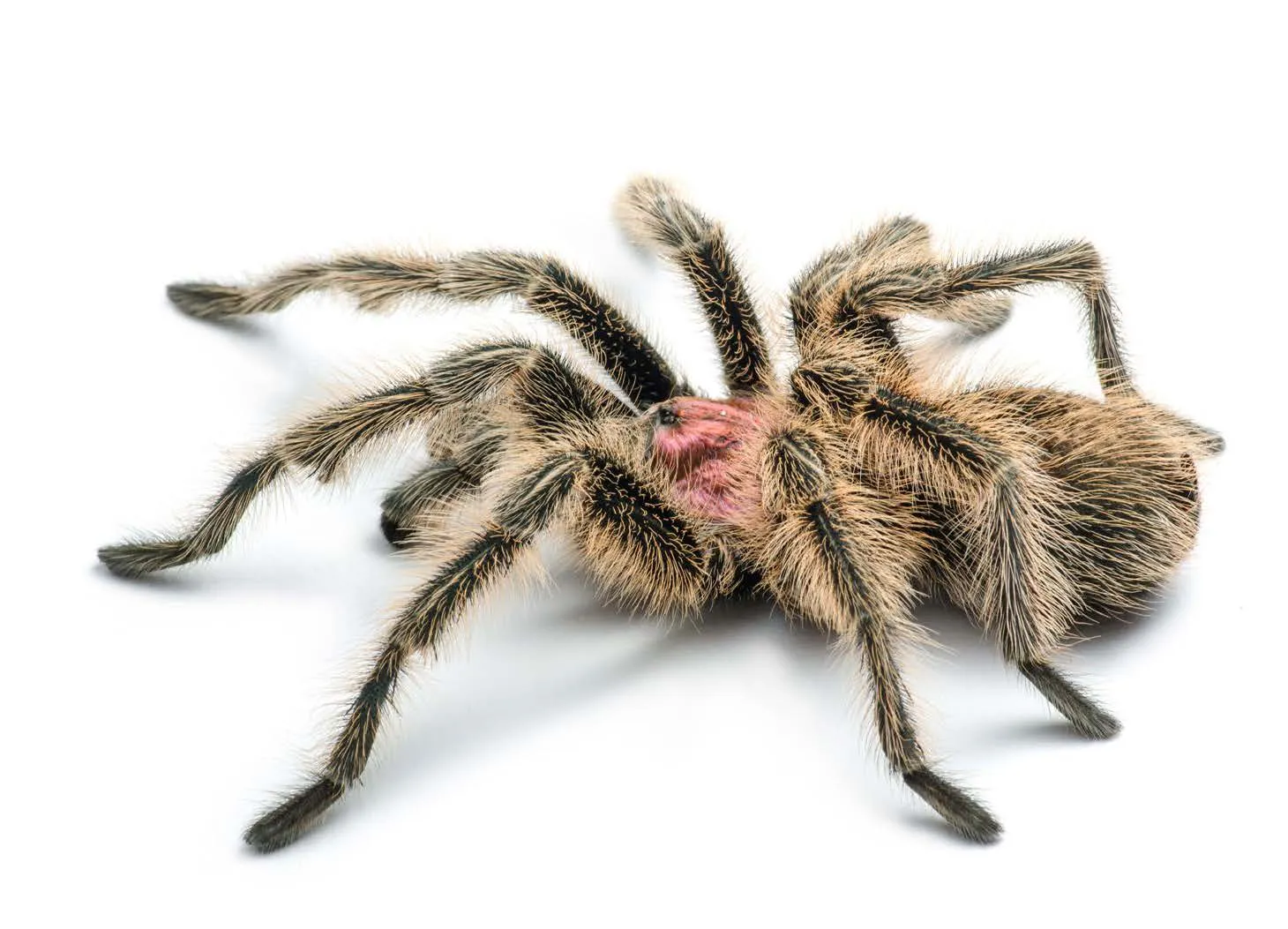
Spot-clean the enclosure weekly by removing any uneaten food, dead insects, and feces. Replace the water source (water dish or absorbent cotton) at least every other day to prevent bacterial growth. Full enclosure cleaning should be done every few months, depending on how quickly the substrate becomes soiled. When cleaning, gently remove the tarantula and place it in a secure temporary container. Dispose of the old substrate, clean the enclosure with warm water and a mild, unscented soap (rinse thoroughly!), and replace the substrate with fresh material.
Watering and Hydration
Provide a shallow water dish with fresh, clean water at all times. Ensure the dish is shallow enough that the tarantula can easily access the water without the risk of drowning. You can also mist the enclosure lightly once or twice a week to maintain humidity levels. Monitor the tarantula for signs of dehydration, such as a shrunken abdomen or lethargy. If you observe any of these signs, increase the frequency of misting and ensure that a water source is readily available.
Secret 5: Recognizing Health Issues
Knowing how to recognize potential health problems is important for all pet owners, including those with rose hair tarantulas. Early detection and treatment are crucial for ensuring the tarantula lives a long, healthy life. Some diseases may be preventable with good care, but understanding the symptoms and seeking professional veterinary care when needed is vital. Prompt action can make a significant difference in the outcome of any health issue.
Common Diseases and Symptoms
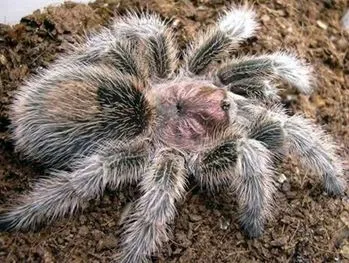
Some common health issues in rose hair tarantulas include fungal infections, parasites, and dehydration. Symptoms can include loss of appetite, lethargy, abnormal posture, and discoloration. If you notice any of these signs, isolate the tarantula immediately and inspect the enclosure for potential problems. A swollen abdomen could indicate a parasitic infection. Watch for mites, small, moving dots that might be on the tarantula itself. Dehydration can cause a shrunken abdomen, and lack of activity. Consult with a veterinarian specializing in exotic animals if you are concerned about any symptoms.
Seeking Veterinary Care
While rose hair tarantulas are relatively hardy, sometimes professional veterinary care is necessary. If you suspect your tarantula has a health issue, consult a veterinarian experienced in treating exotic pets. Do not attempt to treat the tarantula yourself without professional guidance. Be prepared to provide detailed information about the tarantula’s habitat, diet, and any observed symptoms. Early veterinary intervention can often improve the chances of a successful recovery. Regular check-ups with an exotic pet veterinarian can also help identify and address any potential health concerns proactively.
In conclusion, caring for a rose hair tarantula can be a rewarding experience. By understanding and implementing these five key care secrets – ideal habitat setup, proper feeding, handling techniques, hygiene, and recognizing health issues – you can ensure your tarantula thrives. Remember that patience, observation, and a willingness to learn are key to providing the best possible environment for your fascinating pet. Enjoy the journey of responsible tarantula ownership and the unique connection that develops with these amazing creatures.
